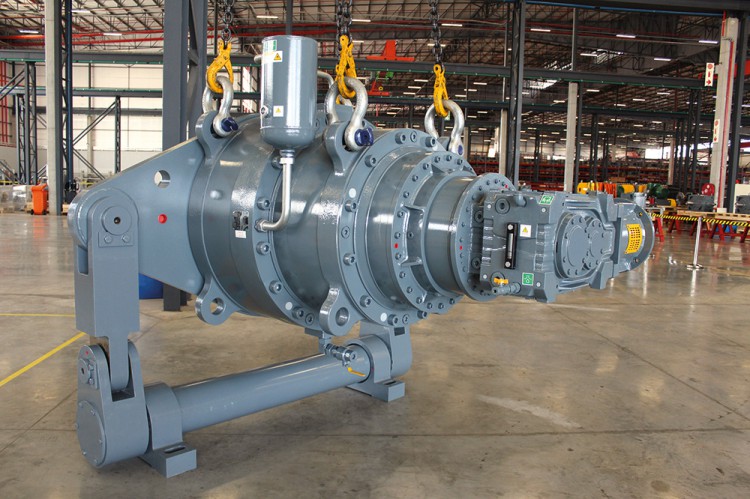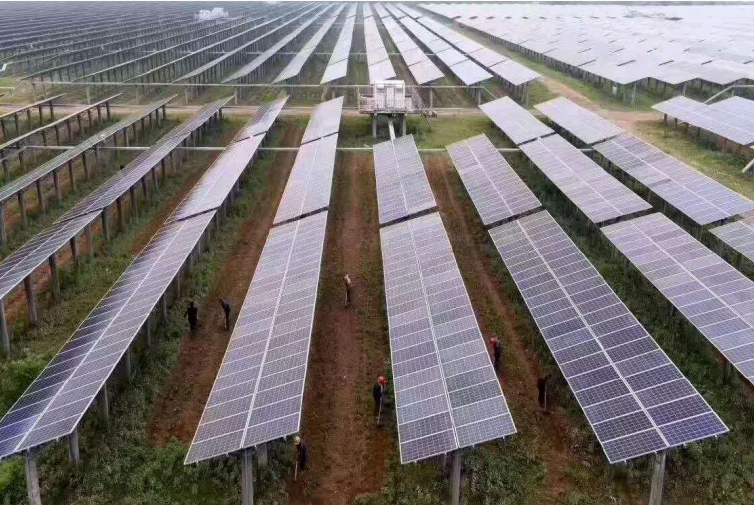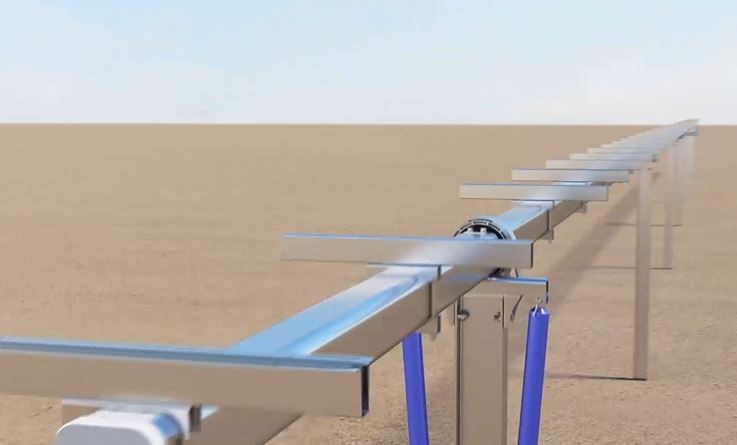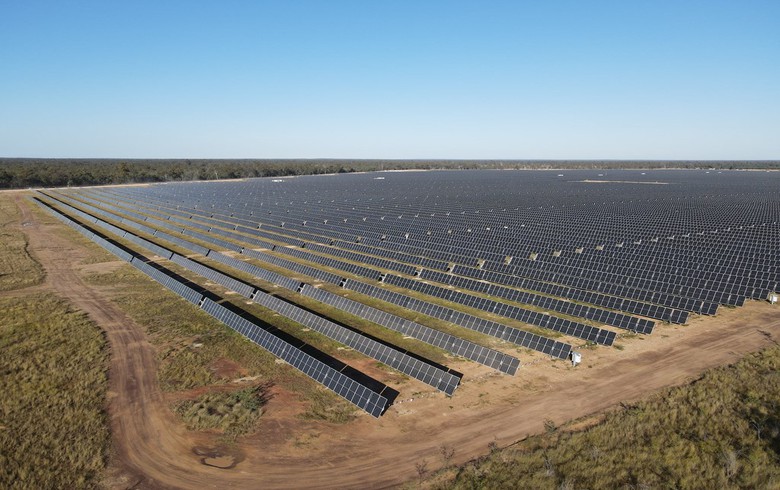The floating solar industry is beginning to take off, as investors are attracted by the opportunity to set solar panels off to sail on the waters of existing human-made reservoirs instead of taking up land for solar development. To gild the green lily, tracking has now entered the mix, enabling floating panels to maximize their output by following the sun throughout the day.
Tracking is a fairly common feature among land-based solar arrays. Instead of remaining in one position, solar panels equipped with a tracker follow the sun throughout the day to take advantage of the most efficient angles.
Due to the extra mechanisms involved, tracker-equipped solar panels are more expensive to install and maintain than fixed-position panels. Ideally, though, they boost solar conversion efficiency and enable the array to generate more electricity in less space, which can help resolve land use issues.
The Energy Department’s National Renewable Energy Laboratory ran the numbers back in 2018, and reported a global average improvement in solar energy conversion of 9% for solar panels mounted on a single tracking axis, with individual improvements ranging from 4% to 15%.
US readers, don’t get too excited just yet. The tracking picture is different here. In a 2017 recap of the topic, the US Energy Information Agency noted that tracking is not particularly popular in the US, that tracking uptake varies widely among different US regions, and that tracking is not particularly economical in some US regions.solar damper, solar tracker controller , solar tracker system, solar speed sensor
The culprit, as described by EIA, is cloud cover.
“Solar-tracking technologies that follow the path of the sun across the sky are effective at capturing direct radiation because they can be aimed directly toward the sun,” EIA explains. “However, these tracking technologies have no benefit when capturing diffuse radiation because diffuse radiation is not concentrated in a certain trackable direction.”
In 2022 NREL took a closer look at the diffuse light issue. Meanwhile, those of you in sunnier parts of the western US are more likely to spot arrays equipped with tracking. In the eastern US, not so much.
Other parts of the world are ideal for solar tracking and the industry is beginning to take off. Fortune Business Insights recently projected that the global solar tracker market will grow to $19.61 billion by 2030, up from $6.94 billion in 2022 and an estimated $7.88 billion for this year.
That’s all well and good, unless you can’t find any land to put your solar array in the first place. In the US, for example, opposition to rural solar development has been organizing with a reported assist from fossil energy stakeholders.solar damper, solar tracker controller , solar tracker system, solar speed sensor
 Revolutionising sugar mill efficiency: Mill Gears unveils world’s largest gearbox
Revolutionising sugar mill efficiency: Mill Gears unveils world’s largest gearbox
 who are the leaders in solar trackers for the power industry?
who are the leaders in solar trackers for the power industry?
 Trina releases new version of Vanguard 1P solar tracker
Trina releases new version of Vanguard 1P solar tracker
 GameChange Solar Tests Tracking System for 40-Year Lifespan
GameChange Solar Tests Tracking System for 40-Year Lifespan